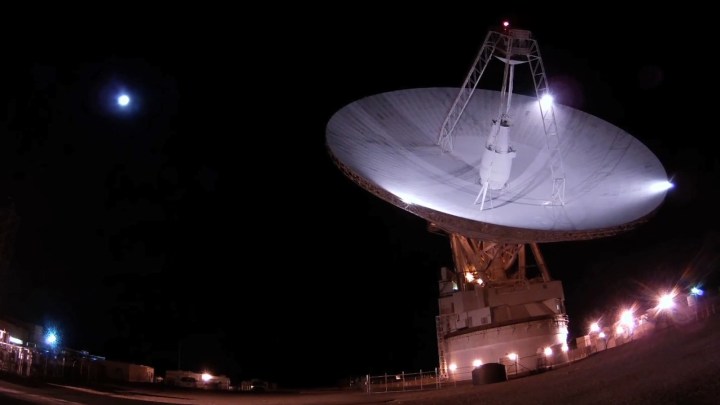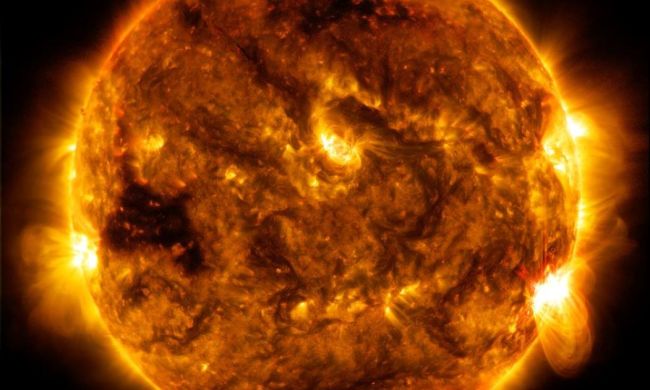
While it may read as something of a joke, there’s not much funny about losing millions of dollars of space equipment. But alas, it’s something that happens relatively often. And when a satellite does go astray, it can be quite difficult to find. Indeed, NASA has called the process of recovering “derelict spacecraft and space debris in Earth’s orbit” a “technological challenge.”
And if these pieces of space junk are orbiting the moon, it’s even more difficult, as the light reflected off our nearest neighbor makes it nearly impossible for optical telescopes to conduct thorough searches. But now, it would seem that “a new technological application of interplanetary radar” from a Pasadena, California-based team may serve as a solution.
“We have been able to detect NASA’s Lunar Reconnaissance Orbiter [LRO] and the Indian Space Research Organization’s Chandrayaan-1 spacecraft in lunar orbit with ground-based radar,” said Marina Brozovic, a radar scientist at JPL and principal investigator for the test project in a press release. “Finding LRO was relatively easy, as we were working with the mission’s navigators and had precise orbit data where it was located. Finding India’s Chandrayaan-1 required a bit more detective work because the last contact with the spacecraft was in August of 2009.”
Finding the Chandrayaan-1 took some background knowledge. For example, the team knew that the spacecraft was in polar orbit around the moon, which meant that it would always cross above the lunar poles on each orbit. So on a precise date over the summer, the NASA team pointed a 230-foot antenna located at NASA’s Goldstone Deep Space Communications Complex in California at the moon, sending a powerful beam of microwaves in that direction. And lo and behold, the radar picked up a signal.
Finding Chandrayaan-1 may just be the first in a series of recovery missions NASA can take on. “Working together, the large radar antennas at Goldstone, Arecibo and Green Bank demonstrated that they can detect and track even small spacecraft in lunar orbit,” the space agency said. “Ground-based radars could possibly play a part in future robotic and human missions to the moon, both for a collisional hazard assessment tool and as a safety mechanism for spacecraft that encounter navigation or communication issues.”
So don’t worry, friends. Not all the space debris that wanders off is lost. Not anymore.


